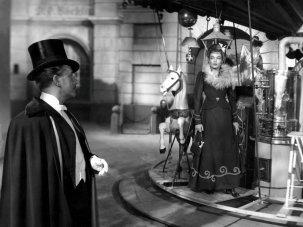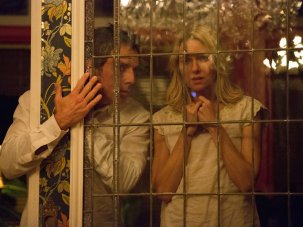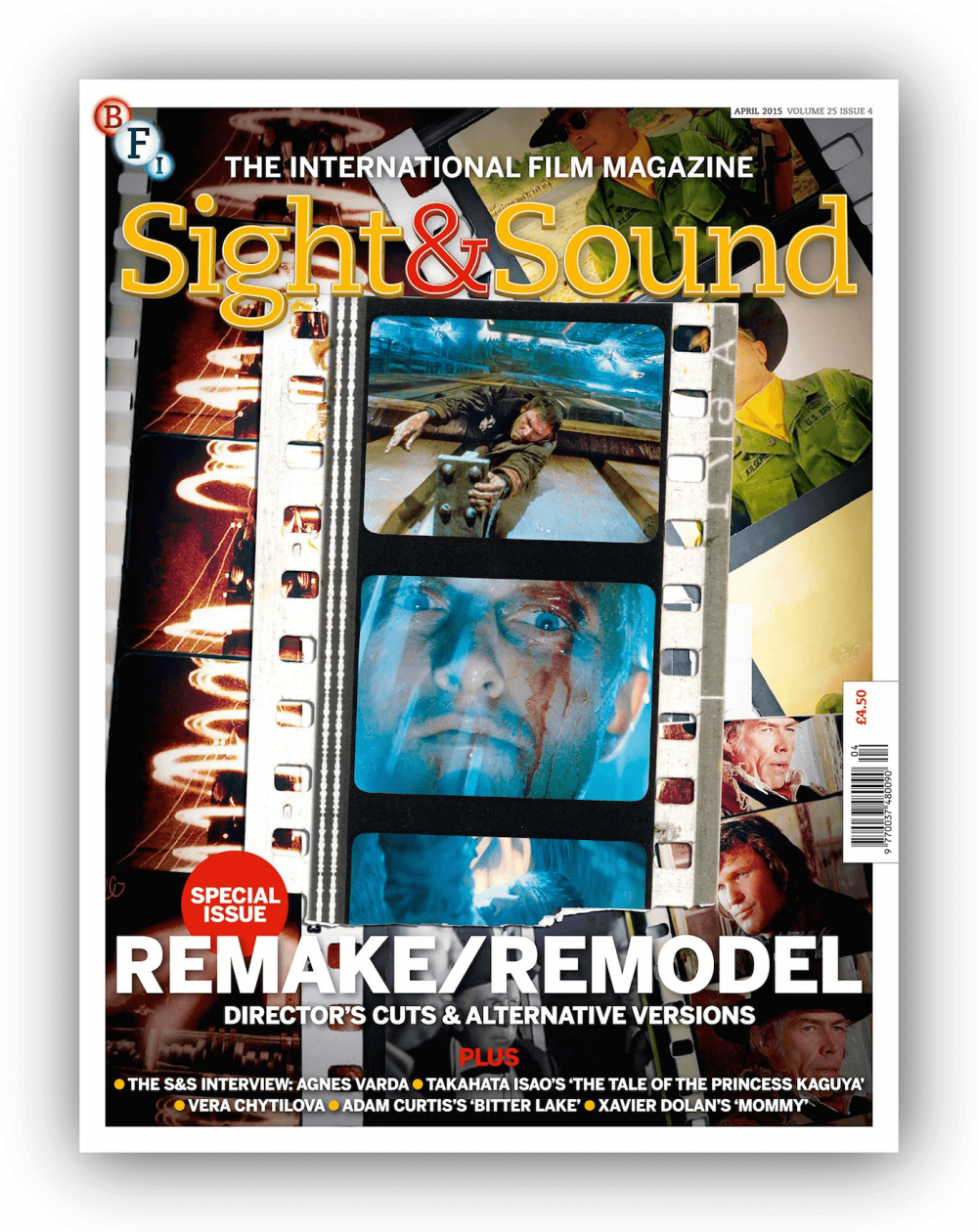
Our April issue steps into the Borgesian world of the alternative version and the director’s cut, a garden of forking paths where the films we think we know might shift or look unfamiliar as we encounter them in radically different versions.
Posted to subscribers and available digitally 6 March
→ Sign up / log in
→
On UK newsstands 10 March
The ‘director’s cut’ is often now used as a money-spinner to sell DVDs, but as our survey of the history of the alternative version reveals, films have been released in radically different versions ever since the silent era, with often fascinating results.
Of course, to some extent all films exist in slightly different cuts – because they’ve been dubbed, say, or censored for television – but sometimes the alternative versions are fascinating in their own right, with entirely new scenes and different rhythms that enable them to stand on their own against the original, and it’s these that we explore in our special issue.
As the BFI re-release Ridley Scott’s Blade Runner – The Final Cut into cinemas, our survey picks out 50 of the most intriguing examples, from Apocalypse Now Redux to Touch of Evil, Metropolis to The Godfather – A Novel for Television…
Elsewhere in this issue, we pay tribute to the veteran French director Agnès Varda, recently honoured with a Lifetime Achievement Award from the European Film Academy. Varda began her career as a stills photographer before becoming one of the driving spirits of the nouvelle vague, marrying a deep humanism with a playful self-awareness to create a series of poetic, political works that have repeatedly championed the lives of the marginalised and dispossessed. Chris Darke meets her at her home in Paris, and over lunch and with occasional interruptions from Varda’s many cats, talks to her about photography, film form, documentary and more.
Alongside that interview, in a piece written shortly before his recent death, the great critic Gilberto Perez pays tribute to Varda’s rich visual clarity and moral sensitivity.
Another woman who created an utterly distinct, pugnacious and mercurial body of work was the late Czech director Věra Chytilová. The communist authorities in the aftermath of the Prague Spring frequently found them to much to tolerate, but they weren’t alone in finding them challenging – Chytilová was intent on pushing the very boundaries of cinema itself. As a retrospective of her films starts at BFI Southbank, Michael Brooke looks back at one of cinema’s most distinctive voices.
Where Chytilová is mercurial and energetic, the Studio Ghibli co-founder Takahata Isao has a reputation as an implacable perfectionist. His latest film, The Tale of the Princess Kaguya, made with a blend of raw line-drawings and watercolours, is his first movie in 14 years, and took eight years and much institutional forbearance to make. Nick Bradshaw considers the great career of a director lately in the shadow of his partner Miyazaki Hayao, but whose intensely beautiful and moving films carry a rare power and insight.
Takahata’s painstaking, patient approach is a world away from that taken by the young Canadian director Xavier Dolan, who at only 25 has already directed five features. His first, I Killed My Mother, was an autobiographical cri de coeur against the woman who bore him; five years on, Mommy finally offers the mother figure the chance to gain her revenge. Ben Walters meets him.
Finally for this month’s features, Jason Burke – who has written widely about conflicts in Afghanistan, and the rise of Islamism – considers Bitter Lake, Adam Curtis’s powerful film about the tangled history of Afghanistan. The extraordinary footage assembled in Curtis’s film offers some welcome insights – but in his bid to counteract the lazy fables of good and evil beloved of some politicians, is the director in danger of oversimplification too?
Our Wide Angle section includes Nick Pinkerton on the work of Thom Andersen, master of the essay film; Jason Anderson hails the release of some of John Carpenter’s music, and Bryony Dixon on the underappreciated Russian director Esfir Shub.
Our comprehensive theatrical reviews section includes our verdicts on Fifty Shades of Grey, Noah Baumbach’s While We’re Young and every new film release, while our DVD and Blu-ray reviews hail a project to give the work of New York-based filmmaker Shirley Clarke the attention it so richly deserves. All this and much more besides…
→
Features
Cover feature

All films exist in slightly different cuts – because they have been dubbed, say, or censored for television – but sometimes the alternative versions are fascinating in their own right, with entirely new scenes and different rhythms that enable them to stand on their own against the original. Here we pick 50 of the most intriguing examples, from Apocalypse Now to The Wicker Man and Metropolis to Miami Vice. Introduced by James Bell.
+ Tongue twisters
The introduction of talkies in the late 1920s posed a new set of problems for films hoping to play on the international stage. By Henry K. Miller.
+ The long and the short of it
The broadcast requirements of television have resulted in badly bowdlerised cuts of some films, but also some superior longer versions. By Brad Stevens.
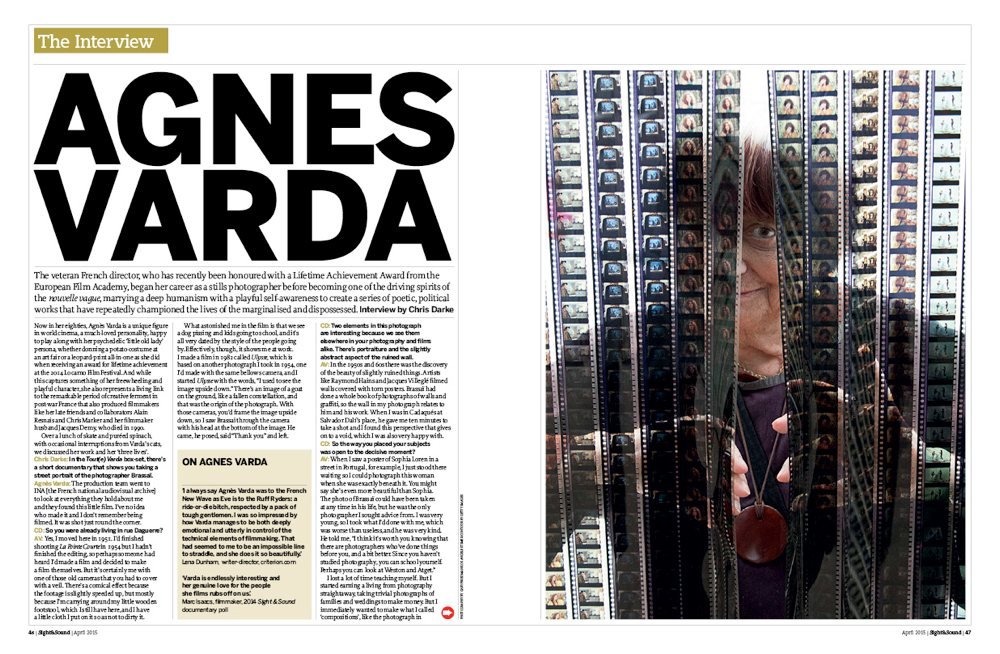
The veteran French director, who has recently been honoured with a Lifetime Achievement Award from the European Film Academy, began her career as a stills photographer before becoming one of the driving spirits of the nouvelle vague, marrying a deep humanism with a playful self-awareness to create a series of poetic, political works that have repeatedly championed the lives of the marginalised and dispossessed. Interview by Chris Darke.
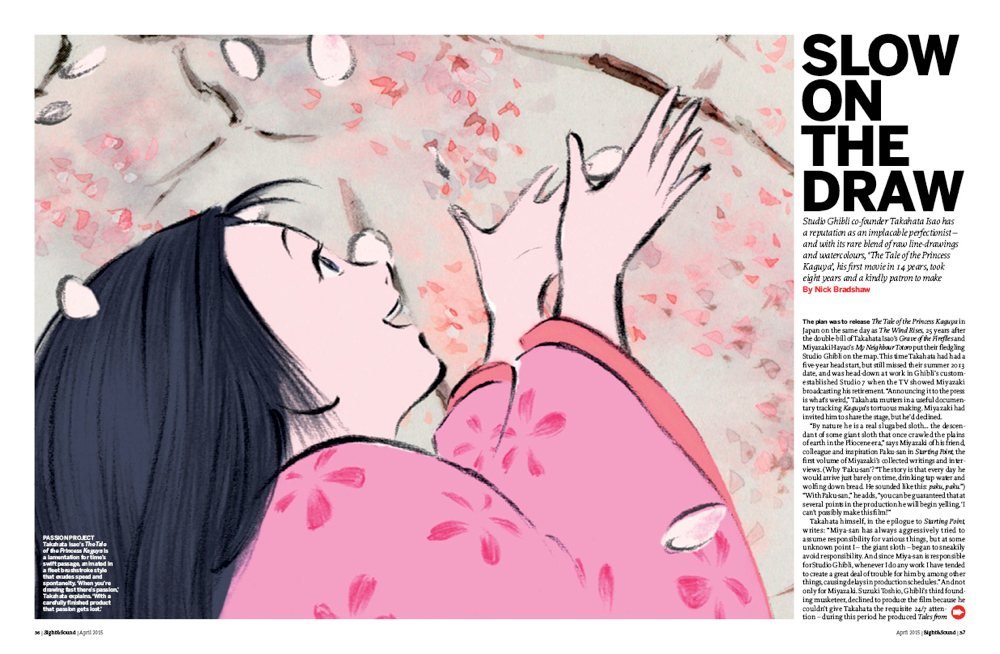
Studio Ghibli co-founder Takahata Isao has a reputation as an implacable perfectionist – and with its rare blend of raw line-drawings and watercolours, The Tale of the Princess Kaguya, his first movie in 14 years, took eight years and a kindly patron to make. By Nick Bradshaw.
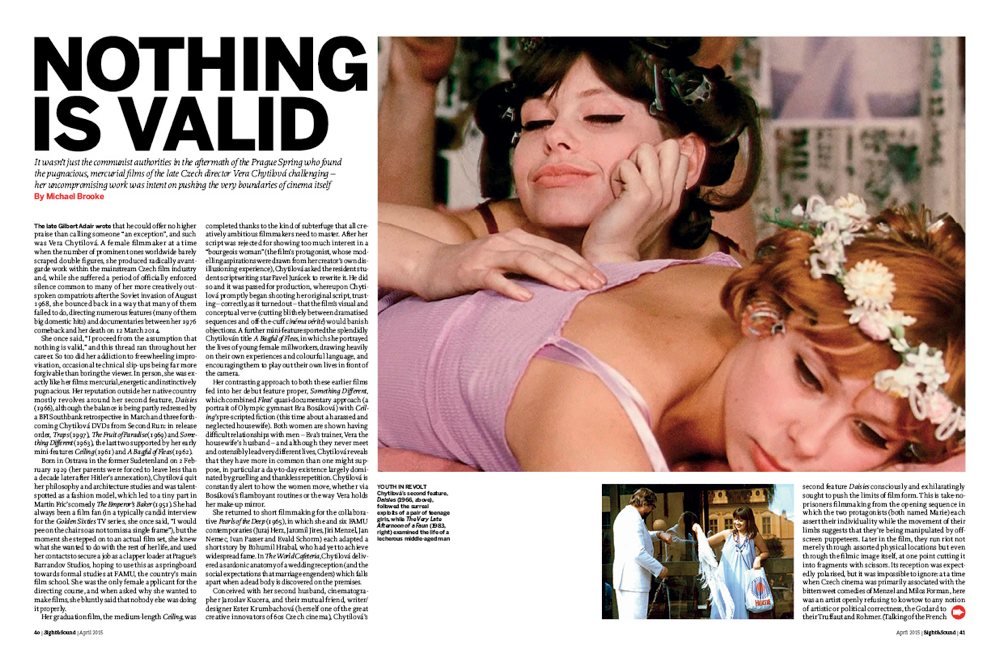
It wasn’t just the communist authorities in the aftermath of the Prague Spring who found the pugnacious, mercurial films of the late Czech director Vera Chytilová challenging – her uncompromising work was intent on pushing the very boundaries of cinema itself. By Michael Brooke.
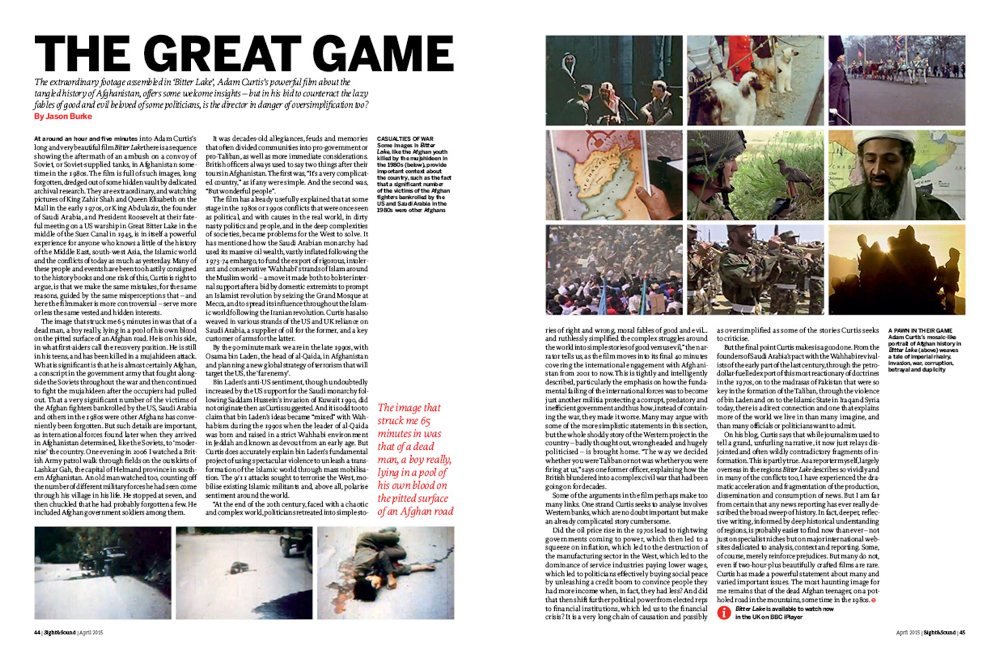
The extraordinary footage assembled in Bitter Lake, Adam Curtis’s powerful film about the tangled history of Afghanistan, offers some welcome insights – but in his bid to counteract the lazy fables of good and evil beloved of some politicians, is the director in danger of oversimplification too? By Jason Burke.
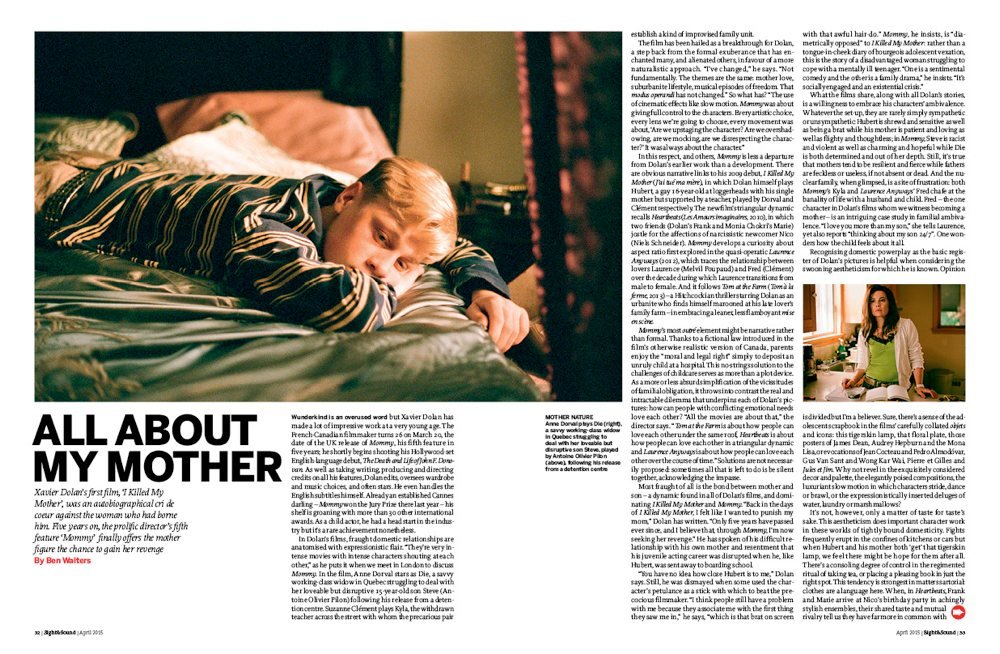
Xavier Dolan’s first film, I Killed My Mother, was an autobiographical cri de coeur against the woman who had borne him. Five years on, the prolific director’s fifth feature Mommy finally offers the mother figure the chance to gain her revenge. By Ben Walters.
Regulars
Editorial
Cinematic redigestion and mass-market respite.
Rushes

In the frame: Divine interventions
This year’s BFI Flare delights in great diversity – from Sri Lanka’s first gay film to Canadian roller derby to the East London drag scene. By Ben Walters.
Listomania: Reel murders
Object lesson: Bedtime stories
Cinematic beds, far from being associated with relaxation or love, are often sites of frustration, anxiety and loathing. By Hannah McGill.
The five key…: Mother and son films
In cinema, a boy’s relationship with his mother isn’t always as straightforward as Sophocles and D.H. Lawrence make out. By Kate Stables.
Dispatches: Pulling back the veil
There were some great discoveries at this year’s Sundance, but surely the festival can cast its net wider and showcase a truly global cinema? By Mark Cousins.
The industry
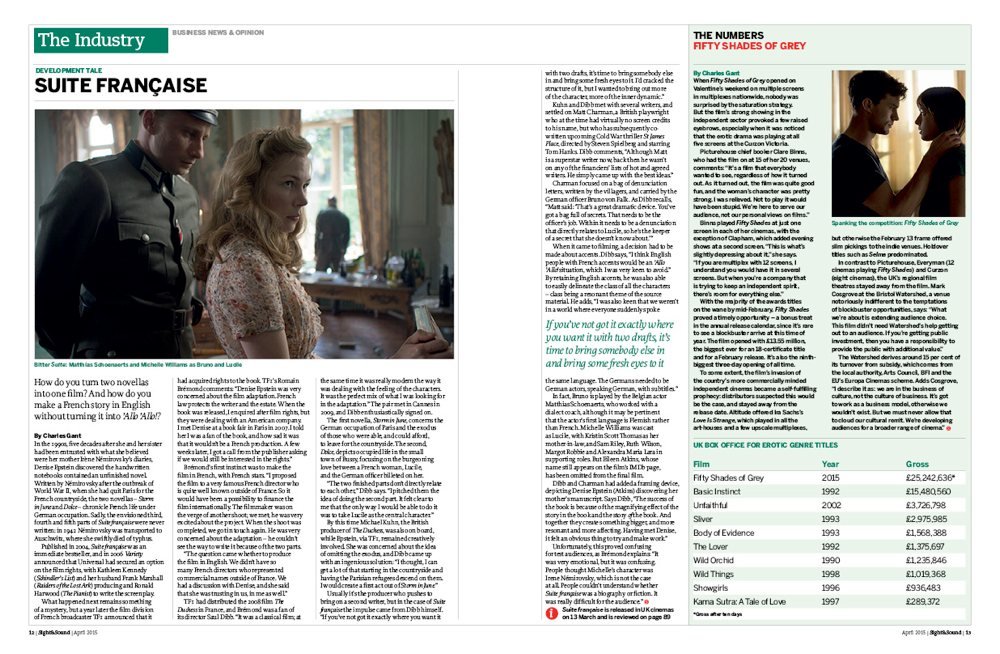
Development tale: Suite française
How do you turn two novellas into one film? And how do you make a French story in English without turning it into ’Allo ’Allo!? By Charles Gant.
The numbers: Fifty Shades of Grey
Brewster: Circuit training
Making an impact at festivals can be the key to arthouse success – but knowing how to do that is an art in itself. By Ben Roberts.
Festivals
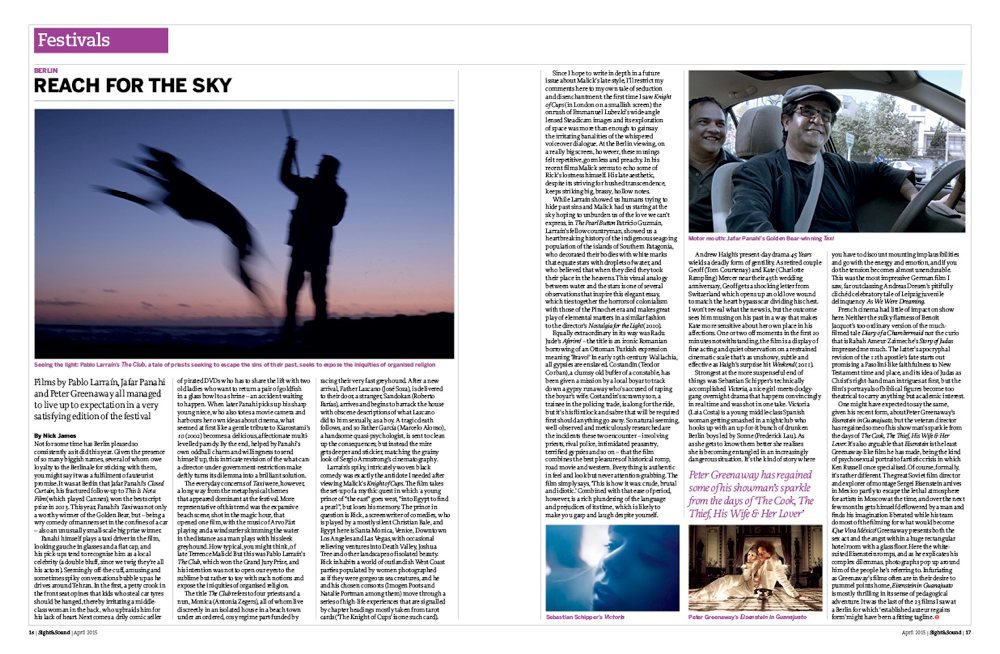
Berlin: Reach for the sky
Films by Pablo Larraín, Jafar Panahi and Peter Greenaway all managed to live up to expectation in a very satisfying edition of the festival. By Nick James.
Wide angle

Preview: The Andersen tapes
Thom Andersen’s work reveals a grudge-holder, an enthusiast, a holder of eccentric opinions – and a master of the essay film. By Nick Pinkerton.
Soundings 1: In the discomfort zone
In Joanna Bruzdowicz’s spare and unsettling music, Agnès Varda has found the ideal complement to her austere, compassionate vision. By Frances Morgan.
Primal screen: The world of silent cinema
As a woman working in an unregarded genre, the Russian director Esfir Shub has been neglected for too long. By Bryony Dixon.
Soundings 2: Carpenter nails it
For decades, John Carpenter’s talents as a composer have been overshadowed by his film directing. Now that is changing. By Jason Anderson.
Artists’ moving image: Memories are made of this
In films that are dense, ungraspable networks of reference, Lindsay Seers comes close to duplicating the experience of thought. By Charlie Fox.
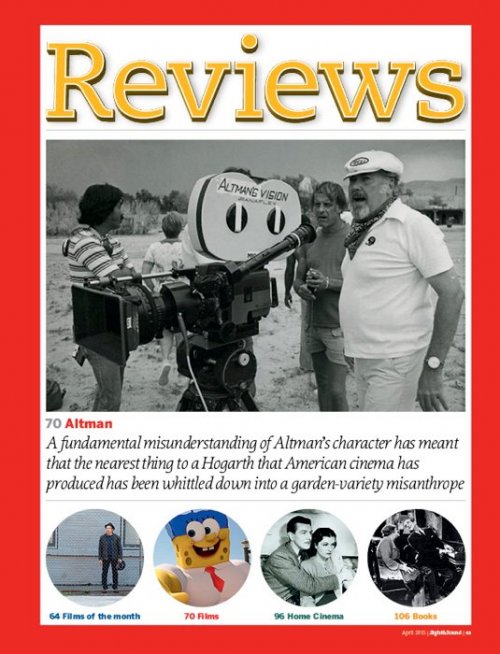
Reviews
Films of the month
Fifty Shades of Grey
My Name Is Salt
While We’re Young
plus reviews of
Altman
BAFTA Shorts 2015
Blind
The Boy Next Door
Cinderella
The Dark Horse
Difret
Dior and I
Elle l’adore
The Face of an Angel
Fairytale: Story of Seven Dwarves
High Tide
The Interview
Jupiter Ascending
The Little Death
Lou!
Mommy
Project Almanac
Rigor Mortis
Robot Overlords
Rurouni Kenshin: The Legend Ends
Sea Without Shore
A Second Chance
Seventh Son
The Signal
Sixteen
Something Must Break
The Spongebob Movie: Sponge out of Water
Suite française
The Tale of the Princess Kaguya
The Voices
The Water Diviner
When Animals Dream
Wild Tales
X + Y
DVD features
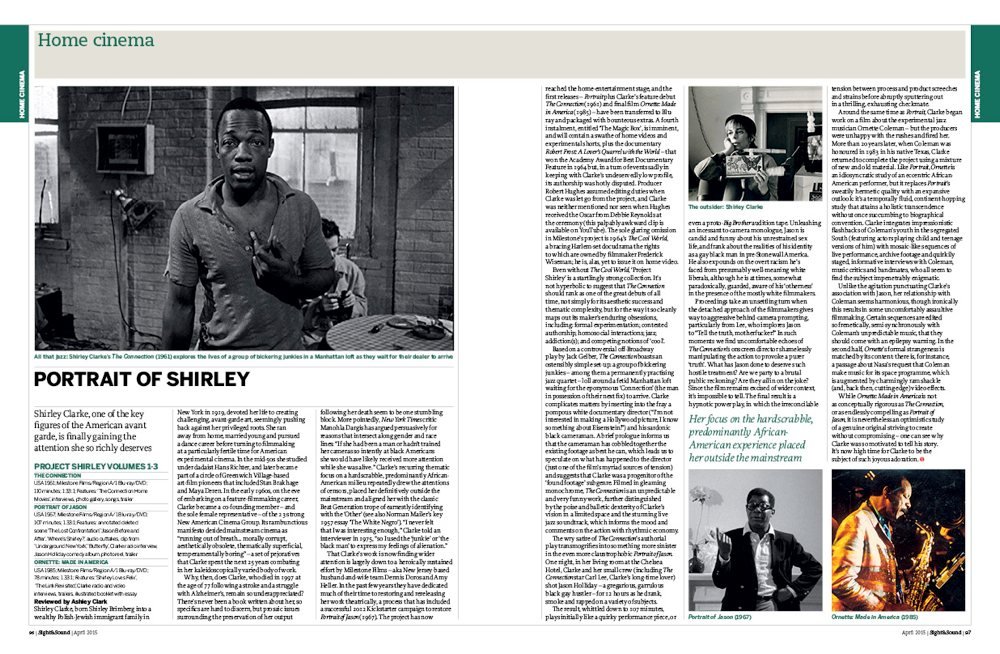
Portrait of Shirley: Project Shirley volumes 1-3
Shirley Clarke, one of the key figures of the American avant garde, is finally gaining the attention she so richly deserves. By Ashley Clark.
Lost and found: El Vampiro Negro
This rethinking of Lang’s M mixes melancholy with claustrophobic tension, and is a noteworthy example of South American noir. By Imogen Sara Smith.
plus reviews of
Films by Robert Aldrich
Ali: Fear Eats the Soul
Drum
The Fortune
He Ran All the Way
1930s Hitchcock films
Love Streams
Man of the West
Night Will Fall
Le Plaisir
La Reine Margot
Universal monster movies
Wild River
Television
Vanity Fair
The Rainbow
Girls Season 3
Books
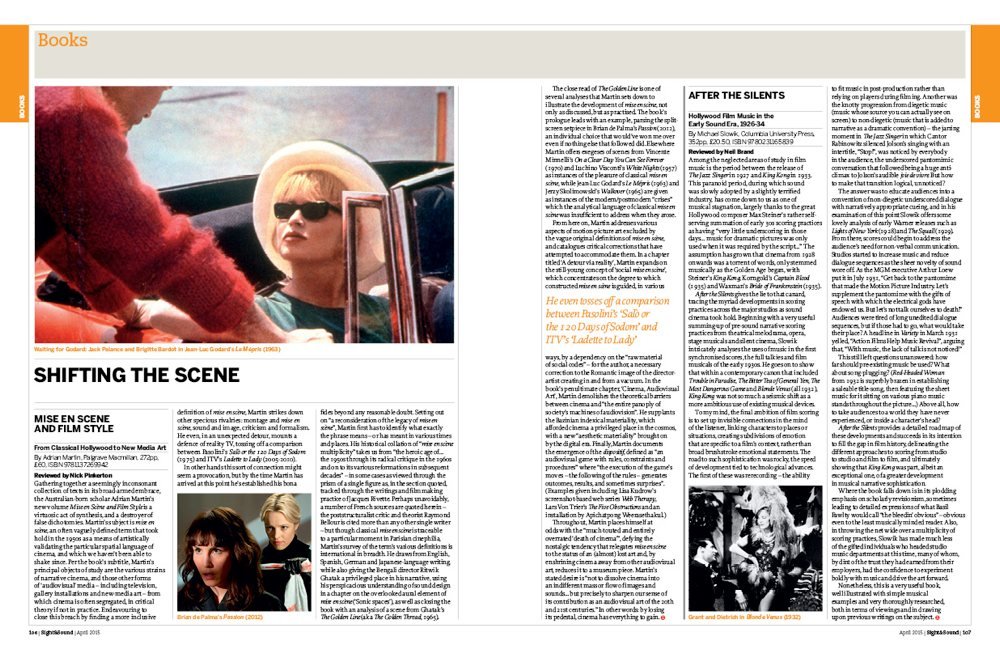
Mise en Scène and Film Style: From Classical Hollywood to New Media Art by Adrian Martin (Palgrave Macmillan) reviewed by Nick Pinkerton
After the Silents: Hollywood Film Music in the Early Sound Era, 1926-34 by Michael Slowik (Columbia University Press) reviewed by Neil Brand
Letters
Ex Machina by way of Bluebeard
David Ayer by way of Sam Peckinpah
An abbreviated Corman title
An abbreviated Miller reader
Herzog, YouTube and BFI DVD
The joy of Wolf
Trivia master Jean-Luc Godard
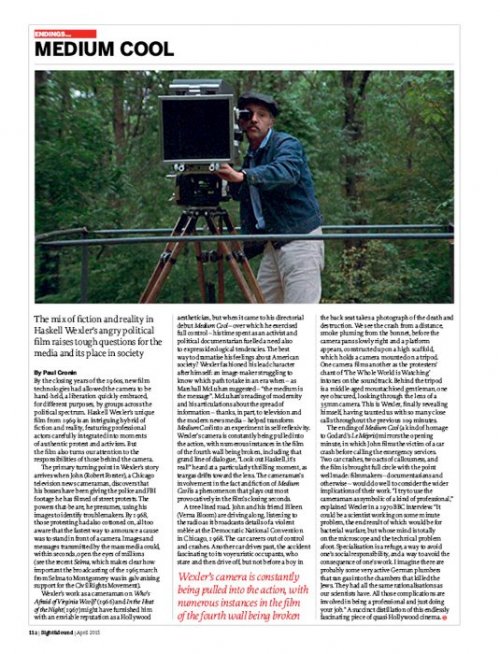
Endings
Medium Cool
The mix of fiction and reality in Haskell Wexler’s angry political film raises tough questions for the media and its place in society. By Paul Cronin.
→
Further reading
-
The Digital Edition and Archive quick link
Log in here to your digital edition and archive subscription, take a look at the packages on offer and buy a subscription.





